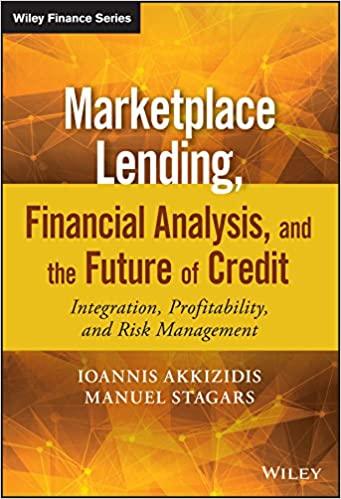Question
39. The difference between total receipts and total payments is referred to as A. cumulative cash flow. B. beginning cash flow. C. net cash flow.
39. The difference between total receipts and total payments is referred to as A. cumulative cash flow. B. beginning cash flow. C. net cash flow. D. cash balance.
40. Net cash flow is equal to: A. income after taxes minus depreciation. B. income after taxes minus dividends. C. cash receipts minus cash payments. D. cash receipts minus cash payments minus depreciation.
41. The concept of operating leverage involves the use of __________ to magnify returns at high levels of operation. A. fixed costs B. variable costs C. marginal costs D. semi-variable costs
42. Which of the following questions does break-even analysis attempt to address? A. How much do changes in volume effect costs and profits? B. At what point does the firm break even? C. What is the most efficient level of fixed assets to employ? D. All of these
43. In break-even analysis, the contribution margin is defined as A. price minus variable cost. B. price minus fixed cost. C. variable cost minus fixed cost. D. fixed cost minus variable cost.
44. At the break-even point, a firm's profits are A. greater than zero. B. less than zero. C. equal to zero. D. Not enough information to tell
Step by Step Solution
There are 3 Steps involved in it
Step: 1

Get Instant Access to Expert-Tailored Solutions
See step-by-step solutions with expert insights and AI powered tools for academic success
Step: 2

Step: 3

Ace Your Homework with AI
Get the answers you need in no time with our AI-driven, step-by-step assistance
Get Started


